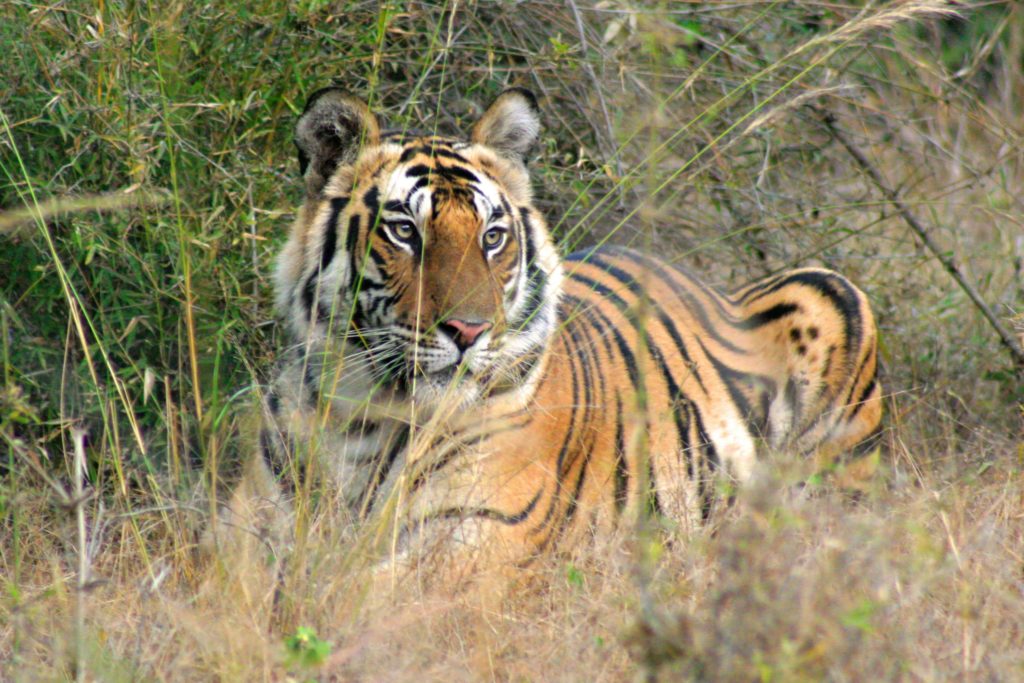Wildlife Connect is an exciting new initiative of WWF International, and the Center for Large Landscape Conservation is advising on its development. The partnership aims to create ecologically connected and thus climate-resilient landscapes throughout WWF’s conservation work with a focus on four important and vulnerable landscapes on four continents.
The initiative will focus on stopping habitat fragmentation by ensuring agricultural lands enable wildlife flow, improving land-use planning, adopting connectivity policies, creating wildlife corridors, and mitigating barriers to wildlife movement such as roads.
The Center brings to this advisory role decades of experience in studying wildlife movement, creating wildlife corridors, and encouraging ecological networks.
“Connected habitats create the circulatory system that ensures nature’s survival,” says the Center’s president Gary Tabor, who also serves in an international leadership role as chair of the IUCN Connectivity Conservation Specialist Group. “The Center works to connect people, places, and species across landscapes to build networks of nature—ecological networks—where biodiversity can thrive.”
Wildlife Connect has four demonstration landscapes that will be a focus of innovation, implementation, and learning:
- Pantanal-Chaco landscape (PACHA), covering Bolivia, Brazil, Argentina, and Paraguay, is one the most biodiverse regions on the planet and is currently facing fragmentation by agriculture and road development.
- Southern Kenya and Northern Tanzania (SOKNOT), a region with important cross-boundary wildlife corridors, is home to some of the most iconic wildlife populations in the world, most of which are living outside of protected areas.
- Central India’s tiger habitat is impacted by rapidly growing human populations and development, and connectivity across the landscape is critical to saving this tiger population.
- The Carpathian Bioregion, one of the world’s most intact wild places, stretches across Hungary, Czech Republic, Poland, Romania, Serbia, Slovakia, and Ukraine. It is home to Europe’s largest remaining carnivore populations including brown bears, grey wolves, and Eurasian lynx.
We look forward to keeping you up to date on the progress of this innovative initiative.




